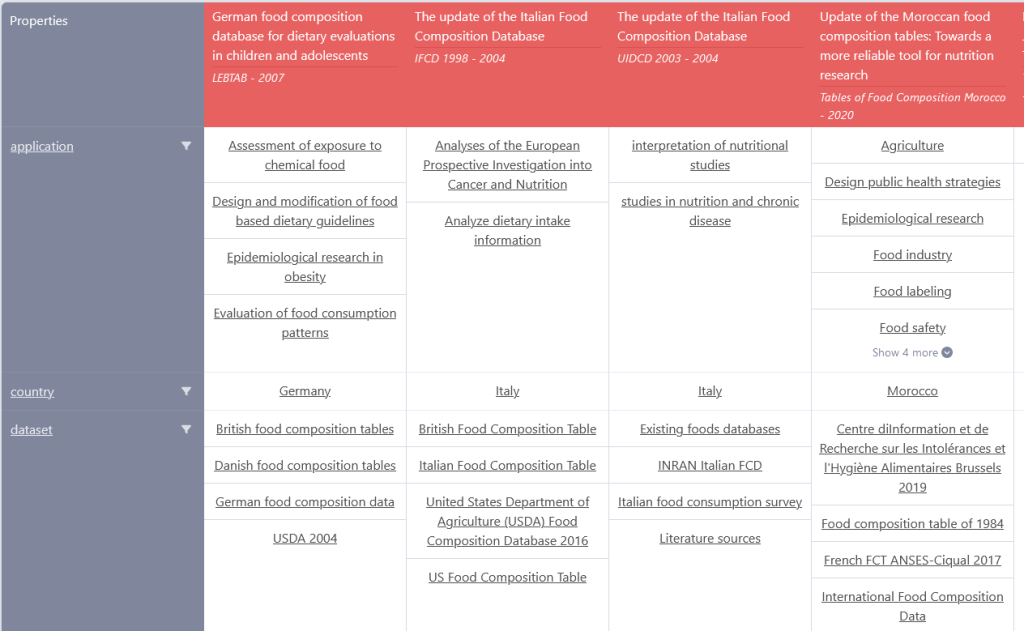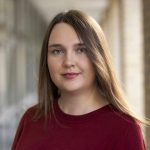The 2nd ORKG Curation Grant Program – Stories of Machine-Actionable Research Contributions
After last year’s success, TIB started a new edition of the ORKG curation grants in 2022. From June till November, researchers from various scientific disciplines curated content in their research field. By making research contributions machine-actionable, they not only advanced their own research, but also provided a service to their scientific community.
But let’s start at the beginning.
What are the ORKG Curation Grants?
In the ever-growing flood of publications, finding answers to specific research questions is getting increasingly hard. With machine-actionable representations of scientific knowledge, the ORKG aims to provide assistance to researchers and to become the lighthouse in the publication flood.
But who translates human-readable papers into machine-actionable semantic descriptions? Currently, algorithms are still too imprecise to grasp the whole idea of an article and extract specific results. Thus, the ORKG relies on human curation. Domain experts enter content from their field, making it human- and machine-readable. In doing so, they light the beacon for others and push the open science efforts of their field.
With the curation grants, we value the work of our content creators. We offered 10 researchers a grant to work with us on content curation for six months. This year, we had additional support: Our partners at ZB MED – Information Centre for Life Sciences and CISPA Helmholtz Center for Information Security each awarded one grant for their respective fields.
The 2022 Grant
In total, almost 200 ORKG Comparisons were created, covering topics from computer science to public health. The results can be seen here. In the end, our grantees were asked to give presentations on their favorite work. These talks can serve as a good starting point for everyone interested in ORKG curation. Each grantee shares their own story on why and how they worked with the ORKG and how their research benefits from this.
We especially want to highlight two of these stories.
Azanzi Jiomekong – ORKG, Food & Personal Success
Azanzi Jiomekong is a computer science researcher at the University of Yaounde 1 in Cameroon with an interest in knowledge engineering and the semantic web. He currently focuses on applications in the food and health domain and used his grant to document knowledge about food information engineering. Food information can be used in various settings, from clinical practices to public education. The papers on food composition tables he entered in the ORKG showed that food habits change over time and correspondingly, food composition tables should regularly be updated. His vision is to build a global food composition table including up-to-date knowledge about food and its composition as well as cultural heritage information. His proposed work at the dataset track of SemTab Challenge organized by ISWC 2022 got accepted. In addition, his work on the survey of “Food information engineering” at the AAAI new faculty research program was also accepted. ORKG will now be one of the platforms used for annotating, documenting and updating food knowledge.

We also congratulate him on being selected at the AAAI new faculty research program and wish him a lot of success in his research area.
Lauren Snyder – ORKG, Biodiversity & Discovering Trends
Lauren Snyder is an agroecologist and science communicator working at the Institute of Geobotany at Leibniz Universität Hannover. During the grant, she curated content for different public health and biodiversity topics. One of her Comparisons focuses on the question: Do legume intercrops provide yield benefits in European agroecosystems?
Finding quantitative results that could be easily incorporated into the ORKG already provided a challenge, as many papers only presented data in figures where exact values could not easily be determined. Thus, she uses her talk to highlight the importance of producing machine-actionable data from the outset. After finding suitable studies, she compared them and visualized them using ORKG’s semi-automatic visualization service. The visualization revealed that in most cases legume intercrops did not have a significant effect on crop yields, but she discovered several outliers: In three out of eighteen studies, there was an observed yield loss when intercropping with legumes. She highlighted that these cases might be an interesting subject for further studiesto identify the mechanisms driving the reduced performance in legume intercrops. In this way, ORKG helped to elucidate trends for new research topics.

Summary
The mentioned stories are only two examples of how the ORKG benefits researchers. See what the other grantees used the platform for on our overview page.
And, as in the previous edition, the ORKG did not only profit from the various content created during the grant but also from the feedback that the grantees provided.
We are thankful to our partners at ZB MED and CISPA and of course to all the grantees who worked with us to make research machine-actionable.
If this article left you hungry for more ORKG work, we have good news: The curation grants will be back this year!
Koordinatorin für Community Building und Training für den ORKG und NFDI4DataScience / Community Building and Training Coordinator for ORKG and NFDI4DataScience.


